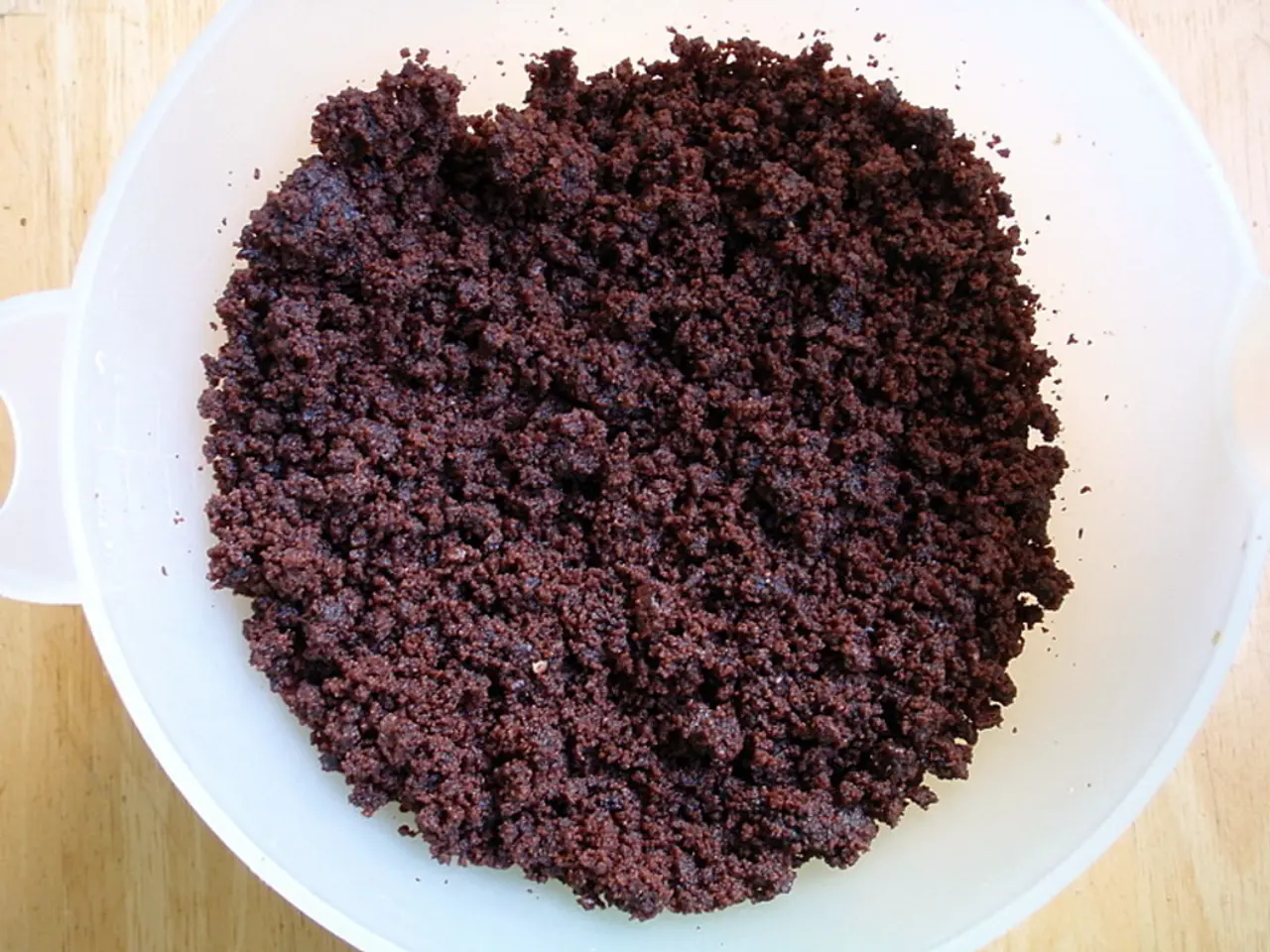Colonoscopy Exploration: Purposes, Preparation Procedures, Personal Experiences, and Further Insights
Inflammatory Bowel Disease (IBD) is a common condition that causes chronic inflammation of the gastrointestinal (GI) tract. Ulcerative colitis and Crohn's disease are two of the most prevalent types of IBD [1]. When symptoms such as rectal bleeding, unexplained weight loss, abdominal pain, and diarrhea arise, a colonoscopy may be used to diagnose IBD [2].
During a colonoscopy, a person will first need to follow a diet low in fiber and avoid foods such as raw seeds, vegetables, and nuts. They may also need to follow a clear liquid diet in the days before the procedure. On the day of the procedure, they will drink a liquid solution or take pills, called a bowel preparation, to clean out their colon [3].
The colonoscopy procedure itself is between 30-60 minutes, during which a doctor will insert a colonoscope — a lighted, flexible tube with a small camera — into the person's anus and move it into their rectum and colon. The camera on the colonoscope sends a TV image to a monitor, allowing doctors to visually examine the large intestine [4].
Doctors may move the person to adjust the view from the scope and inflate the person's large intestine with air to provide a better view of the intestinal lining. They will look for indicators of IBD, including irritated and swollen tissue, ulcers, polyps, and cancer growths [1]. If necessary, they can also take biopsies for further analysis.
Common complications of colonoscopies are rare but can include bleeding and perforation of the colon. Light bleeding from the anus is typical after the procedure if the doctor has removed polyps or abnormal tissue [2].
People typically receive sedation before their colonoscopies to minimize discomfort and prevent pain during the procedure. Some people may not require sedation. After the procedure, a person who has had sedation should avoid driving and returning to work or making important decisions [5].
Regular follow-up colonoscopies help monitor the condition and detect possible complications. People with IBD are at increased risk of developing colorectal cancer, and early detection can prevent this [6].
In conclusion, a colonoscopy is a crucial tool in the diagnosis and management of IBD. It allows for direct visualization of inflammation, ulcers, and other abnormalities in the colon and the end of the small intestine, helping differentiate IBD from other conditions like irritable bowel syndrome (IBS) [1][2][3]. If you are experiencing symptoms of IBD, consult your doctor to discuss whether a colonoscopy might be necessary.
References:
[1] Mayo Clinic. (2021). Inflammatory bowel disease (IBD). [online] Available at: https://www.mayoclinic.org/diseases-conditions/inflammatory-bowel-disease/symptoms-causes/syc-20355606
[2] NHS. (2021). Colonoscopy. [online] Available at: https://www.nhs.uk/conditions/colonoscopy/
[3] Cleveland Clinic. (2021). Colonoscopy. [online] Available at: https://my.clevelandclinic.org/health/treatments/15937-colonoscopy
[4] Johns Hopkins Medicine. (2021). Colonoscopy. [online] Available at: https://www.hopkinsmedicine.org/health/treatment-tests-and-therapies/colonoscopy
[5] American Society of Anesthesiologists. (2021). Sedation and Analgesia for Diagnostic and Therapeutic Procedures. [online] Available at: https://www.asahq.org/standards-and-guidelines/sedation-and-analgesia-for-diagnostic-and-therapeutic-procedures
[6] National Institute of Diabetes and Digestive and Kidney Diseases. (2021). Inflammatory Bowel Disease (IBD) and Colorectal Cancer. [online] Available at: https://www.niddk.nih.gov/health-information/digestive-diseases/ibd/ibd-colorectal-cancer
Read also:
- Reinforced security recommendations issued by NFL for team and league premises after the NYC shooting incident
- Partnering for Faster Development: Sonrai and AOA Dx team up to expedite the creation of an ovarian cancer diagnostic test
- Funding secured by Ultromics for expansive growth in identifying heart failure at a preliminary stage, to the tune of $55 million.
- Uplifting Eats: Discover the Top 10 Foods to Boost Your Mood





